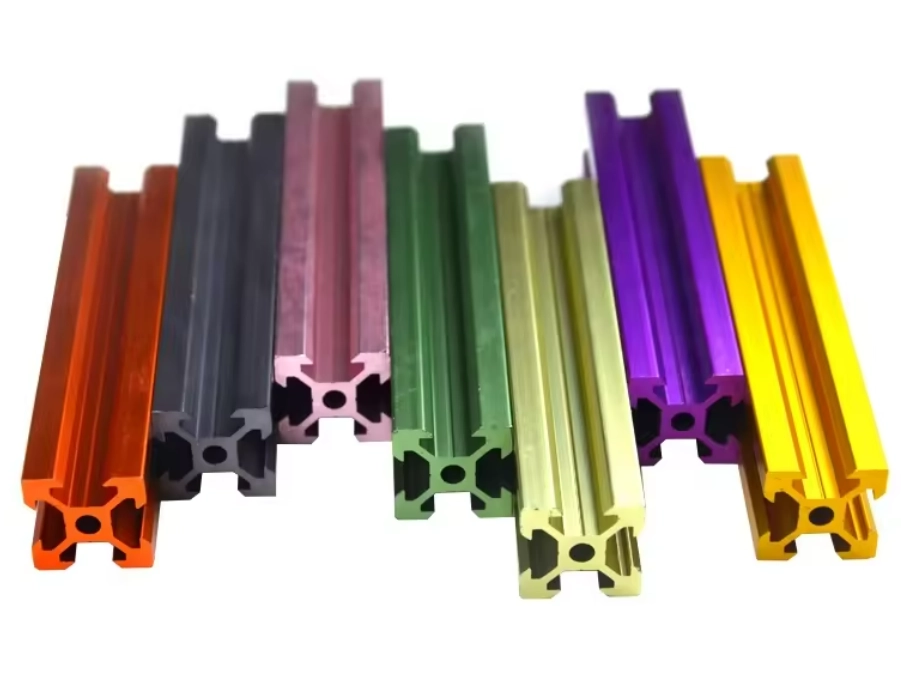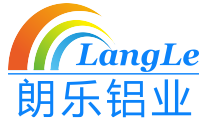
Introduction
Aluminum Extrusion has become a pivotal process in modern manufacturing, offering bespoke solutions across various industries. Its versatility and efficiency make it a preferred choice for creating complex profiles with precise specifications. However, a common question arises: Is aluminum extrusion expensive? This article delves deep into the factors influencing the cost of aluminum extrusion, providing a comprehensive analysis for both industry professionals and enthusiasts.
To fully understand the economics of aluminum extrusion, it's essential to explore the process intricacies, material costs, and market dynamics. For a detailed overview of aluminum extrusion capabilities, you might consider exploring resources that specialize in Aluminum Extrusion.
Understanding the Aluminum Extrusion Process
At its core, aluminum extrusion involves forcing aluminum material through a shaped die to create objects with a fixed cross-sectional profile. The process allows for the creation of intricate designs that would be challenging or costly to produce using other manufacturing methods. The efficiency and flexibility of this process contribute to its widespread adoption in sectors such as construction, automotive, aerospace, and consumer goods.
Material Costs and Quality
The primary factor influencing the cost of aluminum extrusion is the raw material price. Aluminum prices fluctuate based on global supply and demand, energy costs, and market speculation. Higher-grade aluminum alloys often come at a premium due to their enhanced mechanical properties and corrosion resistance. Selecting the appropriate alloy is crucial for balancing performance requirements with budget constraints.
Die Design and Manufacturing
The complexity of the die directly impacts the initial setup costs of aluminum extrusion. Custom dies require precision engineering and fabrication, which can be expensive. However, once the die is created, it can be used repeatedly, amortizing the cost over large production runs. Standard profiles benefit from existing dies, reducing initial expenses and making them more cost-effective for smaller quantities.
Production Volume and Economies of Scale
Higher production volumes typically lead to lower costs per unit due to economies of scale. The initial costs, including die production and machine setup, are spread over a larger number of units. Manufacturers often offer discounted rates for bulk orders, making large-scale projects more economically viable.
Factors Affecting Aluminum Extrusion Costs
Complexity of the Profile
Profiles with intricate designs or tight tolerances require more sophisticated dies and meticulous production processes. This complexity can increase manufacturing time and costs. Simplifying the design where possible can lead to significant savings without compromising the functionality of the final product.
Surface Finish and Post-Processing
Additional treatments such as anodizing, painting, or specialized coatings enhance the appearance and durability of the aluminum extrusions. While these processes add value, they also contribute to the overall cost. Evaluating the necessity of each post-processing step can help manage expenses effectively.
Lead Times and Production Scheduling
Urgent orders or tight deadlines may incur expedited fees. Flexible production schedules allow manufacturers to optimize their operations, potentially passing on cost savings to the customer. Planning projects with ample lead time can help avoid unnecessary expenses.
Comparative Analysis with Other Materials
Aluminum vs. Steel Extrusion
While steel is often considered a strong and durable material, aluminum offers a superior strength-to-weight ratio. Aluminum extrusions are lighter, reducing transportation costs and making them easier to handle and install. Although the material cost of aluminum can be higher than some steel grades, the long-term benefits often justify the investment.
Aluminum vs. Plastic Extrusion
Plastic extrusions may offer a lower upfront cost, but they lack the structural integrity and thermal properties of aluminum. For applications requiring robustness and longevity, aluminum extrusions provide better performance despite the higher initial expense.
Cost-Saving Strategies in Aluminum Extrusion
Design Optimization
Collaborating with engineers to optimize the profile design can reduce material usage and simplify the manufacturing process. Adjustments such as uniform wall thickness, removing unnecessary features, and incorporating standard dimensions can lead to cost reductions.
Selecting the Right Manufacturer
Partnering with an experienced and efficient manufacturer is crucial. A supplier with advanced technology and streamlined processes can offer competitive pricing. For instance, companies specializing in Aluminum Extrusion provide valuable expertise that can enhance quality while controlling costs.
Bulk Material Purchasing
Purchasing materials in bulk quantities can lead to significant discounts from suppliers. Coordinating bulk orders with other projects or consolidating orders can maximize purchasing power and reduce unit costs.
The Role of Technology in Cost Reduction
Advancements in extrusion technology have enabled more efficient production methods. Automation and precision equipment reduce labor costs and minimize material waste. Implementing modern technologies such as computer-aided design (CAD) and computer-aided manufacturing (CAM) ensures higher accuracy and repeatability, further driving down costs.
Sustainable Manufacturing Practices
Environmental considerations are increasingly influencing manufacturing decisions. Utilizing recycled aluminum not only reduces environmental impact but can also lower material costs. Energy-efficient production processes contribute to cost savings and align with global sustainability goals.
Case Studies and Real-World Applications
Examining successful implementations of aluminum extrusion provides valuable insights into cost considerations. Industries such as automotive and aerospace have leveraged aluminum extrusion to create lightweight components, enhancing performance and fuel efficiency. By analyzing these examples, it's evident that the initial costs are often offset by long-term benefits.
Automotive Industry
The shift towards electric vehicles has amplified the demand for lightweight materials. Aluminum extrusion plays a critical role in reducing vehicle weight, thereby extending battery life and performance. Manufacturers have adopted innovative extrusion techniques to produce complex shapes necessary for modern car designs.
Construction Sector
Aluminum extrusions are extensively used in building frameworks, window frames, and façade systems. Their durability and aesthetic appeal make them suitable for contemporary architecture. Despite higher material costs compared to alternatives, the ease of installation and low maintenance requirements offer cost efficiency over the building's lifespan.
Conclusion
While aluminum extrusion may present higher initial costs compared to some other manufacturing methods or materials, its advantages in design flexibility, material properties, and long-term performance offer substantial value. By understanding the factors influencing costs and implementing strategic planning, businesses can leverage Aluminum Extrusion effectively. For further exploration of aluminum extrusion products and services, consider visiting dedicated platforms specializing in Aluminum Extrusion.
"}









